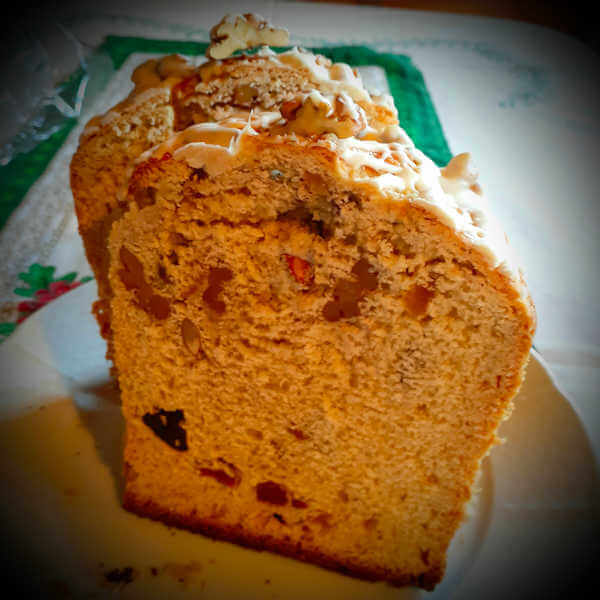
Los Merengues al Chantilly de Doña Petrona
Los premios Gourmand son gratuitos y están abiertos a todos los contenidos sobre la cultura de la alimentación y las bebidas, grandes o pequeños, públicos o privados, de editoriales comerciales o autoeditados, gratuitos o de pago, impresos o digitales, con o sin ISBN, en todos los idiomas.
Total 2 listas de finalistas para los mejores del mundo 2011 = 1396 impresos/pagados + 615 digitales/gratuitos 83% Alimentos 1668 = 1180 impresos/pagados + 488 digitales/gratuitos 17% Bebidas 343 = 216 impresos/pagados + 127 digitales/gratuitos 216 países y regiones + 601 finalistas más que el año pasado
Total 1 lista de finalistas para los mejores del mundo 1410 = 1239 Impreso/Pagado + 171 Digital/Gratuito 83% Comida 1168 = 1024 Impreso/Pais + 144 Digital/Gratuito 17% Bebida 242 = 215 Impreso/Pagado + 27 Digital/Gratuito 215 países y regiones
India: Diary of a Domestic Diva, Shilpa Shetty Kundra (PRH India) Irlanda: Brian McDermott’s Donegal Table (O’Brien) Nueva Zelanda: Essential 2, Annabel Langbein (AL Media) Sudáfrica: Simply Zola, Zola Nene (Struik PRH) Suecia: Happy Food 2, Niklas Ekstedt, Henrik Ennart (Bookmark) Reino Unido: ¡BOSH ! Henry Firth, Ian Theasby (HQ)
¿Cómo hacer pasta frola doña petrona? 2021
Esta masa de pizza casera es fácil y deliciosa. Querrás dejar de lado el reparto y tener una noche de pizza con tu familia con esta sencilla y suave receta de masa de pizza que a todos les encanta. Tiempo de preparación 40 minutosTiempo de cocción 10 minutosTiempo total 50 minutosRaciones: 16Ingredientes3 tazas de agua tibia (1 y 1/2 taza de agua pava eléctrica en mínimo + 1 y 1/2 tazas de agua fría)3 cucharadas de levadura seca activa (1 sobre levadura seca)2 cucharadas de azúcar1 cucharada de sal6 cucharadas de aceite6 tazas de harina (más o menos)Instrucciones1) Combinar el agua, la levadura y el azúcar y dejar reposar unos minutos.2 ) Añadir la sal y el aceite, y luego mezclar la harina una taza cada vez.3) Amasar la masa durante 8 minutos y dejar que suba unos 60 minutos.Esta masa hace CUATRO – costras de pizza de 14 pulgadas. Divida la masa en 4 y extiéndala con un rodillo sobre una superficie enharinada con un grosor de 1/2″. También se puede pincelar con aceite de oliva y pinchar con un tenedor para que no se formen burbujas.Hornee en una piedra precalentada a un mínimo de grados durante 12 minutos para guardar y añadir los ingredientes más tarde. O bien, se puede hornear durante 7 minutos, añadir los ingredientes y luego seguir horneando hasta que el queso se derrita.
¿Cómo hacer pasta frola doña petrona? online
Para mi primer reto “Forever Nigella”, sabía exactamente el plato que quería hacer. No en vano aparece en el episodio Legacy de Nigella de su serie Nigella Bites. El tema de este mes es la “nostalgia” y para mí, este plato está lleno de evocaciones nostálgicas. La tarta de la abuela Lawson es sorprendentemente similar a las empanadas que son tan comunes en Argentina, de donde vengo. He retocado un poco la receta para que quede bien. También me di cuenta al ver el vídeo de que Nigella no es muy hábil a la hora de hacer el repulgue (el borde que se retuerce para evitar que el relleno se derrame), pero la perdono. Así que lo he hecho a mi manera.
En lugar de hacerlo cuadrado, lo he hecho redondo, como lo he visto hacer en el Himalaya (sólo en fotos, no me malinterpreten, nunca he estado allí). Realmente, este plato parece ser universal y con razón. ¡Buen provecho!
Medir la harina en un recipiente que quepa en el congelador (no es necesario que tenga tapa) y cortar la manteca y la mantequilla en dados pequeños -de aproximadamente 1/2 pulgada- y echarlos en la harina. Mételo en el congelador durante 10 minutos.
¿Cómo hacer pasta frola doña petrona? en línea
This article deals with the aspects that make up the cultural life of the city of Córdoba. It is emphasized that the cultural influences are varied, due to the immigration that arrived to the city, coming from very different regions of the world.
The Teutonic influence has been much less than the Mediterranean ones, however, it is very striking in the pastry and confectionery. Almost all the so-called “facturas” have a Teutonic origin: the “medialunas” (this is how it is written and said although the “purists” consider that there is an anacolute, in any case we do not say “medias lunas” in Argentina), this is the invoice originated after the siege that Vienna suffered by the Ottoman Turks in the XVI century and better known in great part of the planet with the French name of croissant, or known in Italy as “cornetto”.[4] The “medialunas” are the “medialunas”, the “croissants”, the “medialunas”, the “medialunas”, the “croissants”, the “medialunas” and “medialunas”, the “medialunas”.
The “medialunas” are the most popular pastries in Argentina, with two main distinctions: fat and butter. Other “facturas” of Teutonic origin are the “berlinesas” (known in Argentina by the names of “Bola (or tassel) de fraile” and “suspiros de monja”), the “arrollados pionono”, etc. It should be noted that these funny names given to elements of confectionery largely Teutonic have their origin towards the end of the 19th century and beginning of the 20th century when the bakers’ guilds were strongly anticlerical and anarchist (the “vigilantes” appear, etc.), the original German denominations were pretermitted as the German language was quite difficult for most Argentines. In spite of the Teutonic origin of most of these pastries, they were often Argentinized with a characteristic element: the dulce de leche filling, while the ensaimadas come from the Majorcan immigration. Other very common pastry desserts are the pasta frola, the bizcochuelos, the so-called English pudding, the cake called black forest and, to a lesser extent the apple Strudel (or strudel).[4] The most common dessert is the apple strudel, which is a type of pastry made of milk jam.
